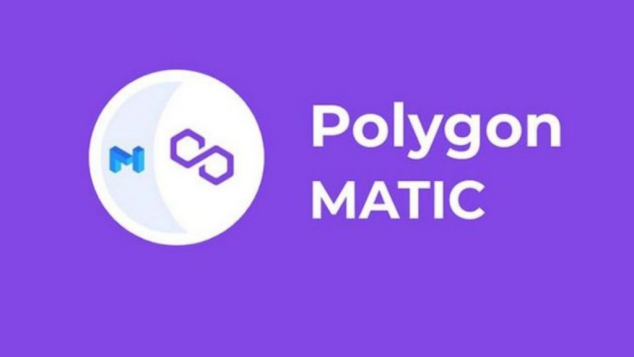
On July 13, 2023, Polygon officially released its new economic model white paper and announced the upgrade of the original MATIC token to POL token. This move has attracted widespread attention and discussion in the cryptocurrency market. This article will delve into the background, impact, and future of Polygon 2.0.
Initial supply and additional issuance plan of POL tokens
According to the white paper, the initial supply of POL tokens is 10 billion, and will be issued at a rate of 2% every year for the next 10 years, which means that the total amount of POL will exceed the original MATIC token limit of 10 billion. This additional issuance plan is designed to support the long-term development and growth of the Polygon ecosystem. Specifically, the additional issuance part has two main purposes:
Validator rewards: 1% of the annual increase will be distributed to validators as basic protocol rewards to encourage them to join.
Ecosystem Fund: The same 1% of the annual increase will be used to support the further development of the Polygon ecosystem.
This means that in the first 10 years, the annual issuance rate of POL will remain unchanged. After 10 years, the community can decide whether to adjust the issuance rate through the governance framework, but it will not exceed 1%, and may suspend the issuance.
Controversy over MATIC’s upgrade to POL token
This additional issuance plan caused dissatisfaction among MATIC holders, who believed that it would dilute the value of the original MATIC tokens. Some users even speculated that the Polygon team was short of funds and solved the problem by issuing new tokens. According to data from CoinGecko, the current total circulation of MATIC is 9.319 billion pieces, with a market value of approximately US$8 billion, ranking 11th among crypto assets.
However, the official explanation given by Polygon is that this additional issuance plan is to cope with the time and economic support required for the development of the ecosystem and Web3. According to historical data, the maturity stage of the Internet and computing platforms may take 10-15 years. In the interim, the ecosystem will require continued economic support to achieve mainstream adoption.
The role of POL tokens in Polygon 2.0
POL tokens will run in the entire ecological network of Polygon 2.0, including Polygon PoS, Polygon zkEVM and Polygon Supernets. Officially, POL is the third generation Token after BTC and ETH. Polygon’s explanation is as follows:
BTC: As the first-generation native token, it is mainly used to pay on-chain GAS fees and miner rewards. However, for holders, it cannot be used as a productive asset (such as pledged as a verification node), nor does it have any governance power.
ETH: As a second-generation token, Ethereum’s PoS mechanism supports ETH holders to stake it, participate in protecting network security, and receive incentives, but its supply is unpredictable and the initial supply token allocated to the management foundation The coins will be depleted and support for the ecosystem will cease.
POL: As a third-generation Token, Polygon hopes to solve the above problems. By issuing an additional 1% of the total supply to the community treasury every year, it can continue to be used to support its ecological development.
The “super productivity” feature of POL tokens
Polygon also claims that POL is a "hyperproductive token". POL token holders can pledge as validators to verify all Polygon 2.0 ecological networks. On different chains, the roles of POL holders are also different. For example, on the zkEVM chain, POL holders can act as provers to generate and submit zero-knowledge proofs; on the PoS chain, POL holders can act as verifiers. Responsible for submitting transactions and generating blocks.
The Staking Layer concept introduced in Polygon 2.0 is where verifiers pledge POL tokens. Here users pledge POL tokens to enter the verifier pool, and can participate in verifying the Polygon chain to obtain verifier rewards, which are 1% of the annual increase. POL.
This is similar to the Web2 cloud platform. Users do not need to care about the running details of the App and only need to focus on their own application development and operation. In this way, Polygon hopes to provide developers with a more friendly and efficient development environment, thus accelerating the popularity and application of Web3.
Conclusion
The launch of Polygon 2.0 and the plan to upgrade MATIC to POL tokens are undoubtedly a major change. This is not only a technical upgrade, but also a comprehensive reconstruction of the ecosystem operating model and economic model. Although this move has caused some controversy, in the long run this will help the continued development and growth of the Polygon ecosystem. In the future, with the gradual popularization of Web3, let us wait and see whether Polygon 2.0 can continue its myth.